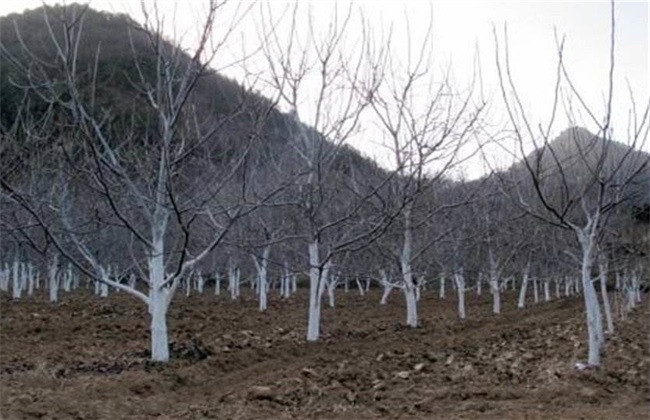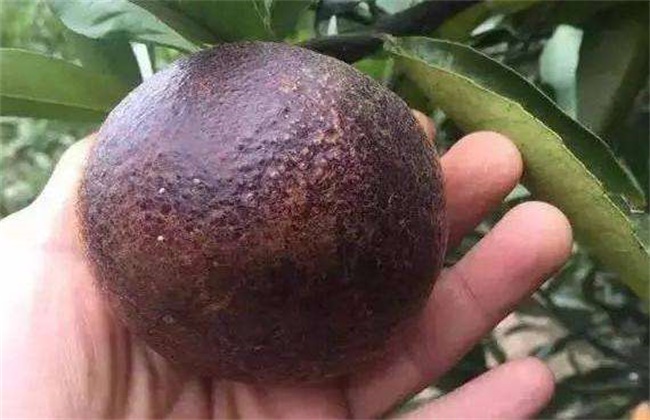Why should mulberry trees be pruned
Mulberry is still very common in our daily life. Mulberry not only has a high edible value, but also has a certain effect. When we are growing mulberries, the management is very important. Especially the pruning of mulberry trees, reasonable pruning is very beneficial to the yield and fruit quality of mulberry trees. However, there are still many people do not know why planting mulberries should be pruned, so let's take a look at it with the editor.

1. Balance tree potential
When the mulberry trees are young, we can start shaping and pruning. Through annual pruning, mulberry trees can slowly grow robust branches, ensure that the branches are evenly distributed and have little difference in thickness, and improve the quality of the backbone. In 2012 after planting, pruning techniques such as coring and cutting should be adopted to speed up the growth of branches and promote the early formation of the crown. Then the methods of retraction and thinning were used to cultivate fruiting mother branches with suitable density. Ensure the balance of tree growth and lay the foundation for the high yield of fruit trees in the later stage.
2. Enhance permeability
Through the construction of mulberry trees, we can create a good crown to ensure that the distribution of branches in the crown is reasonable and the leaf distribution is uniform. The main construction object is to grow too dense, too long, weak and sagging and other branches and so on. Ensure that the inner branches can also receive light evenly, which can not only improve the quality of mulberry fruit, but also expand the light area of leaves, improve photosynthesis and reduce the useless leaves on mulberry trees. It also provides sufficient nutrition for mulberry growth and flower bud differentiation, and improves planting efficiency.
3. Reduce nutrition consumption
Reasonable pruning can prevent excessive nutrient consumption of branches, resulting in an increase in planting costs. When pruning, it is necessary to remove some dense branches, and excessive inflorescences on the branches, and so on. We should also cut off some overgrown branches to prevent them from consuming too much nutrition. Concentrate the nutrition on the branches with strong fruiting ability, provide sufficient nutrition for the branches to blossom and bear fruit, and improve the utilization rate of fertilizer nutrients.
4. Coordinate the growth contradiction
Pruning can also effectively coordinate the growth contradictions of mulberry trees. When pruning, we should fully understand the growth characteristics and age growth of mulberry trees. If it is intensive and dense planting, then it should be properly cut in summer every year, and the branches should be fixed in time after summer cutting, and naturally there can be no lack of winter pruning. To ensure that mulberry trees can provide appropriate amount of fruiting mother branches and the proportion of leaves and fruits every year. Avoid the phenomenon of mulberry trees, stable and comfortable, so as to achieve the purpose of prolonging the full fruit period of mulberry trees.
The above is a brief introduction to why mulberry trees are pruned. That's all for today's introduction. This article is for reference only. I hope it can help you all.
Related
- Moge, come on! The staff of the peasant association in the producing area of cantaloupe were frightened when the crowd gathered.
- Causes and Solutions of low Fruit setting rate of Apple
- Symptoms and control measures of passion fruit virus disease
- Fruit growing lesson: how do apple orchards keep high yields?
- Can you build orchards in the mountains? What are the pros and cons?
- How to manage the coloring period of Crisson grape?
- This paper introduces the processing technology of two kinds of fig products.
- How much is a month for retired teachers in rural areas by 2020?
- How can strawberry planting increase sugar content? We should pay attention to management in many aspects.
- What are the cultivation techniques on how to improve the yield of golden fruit?



